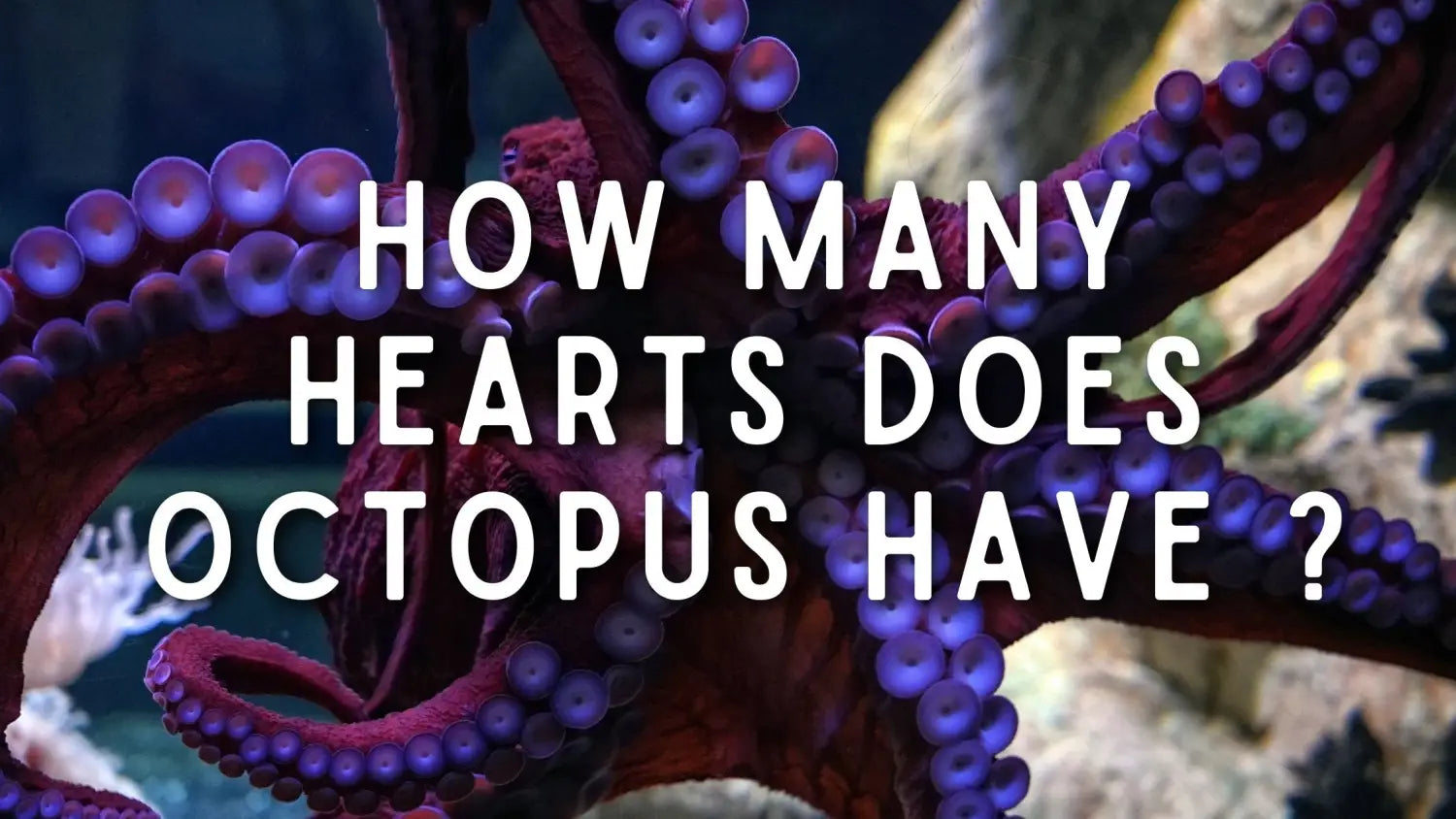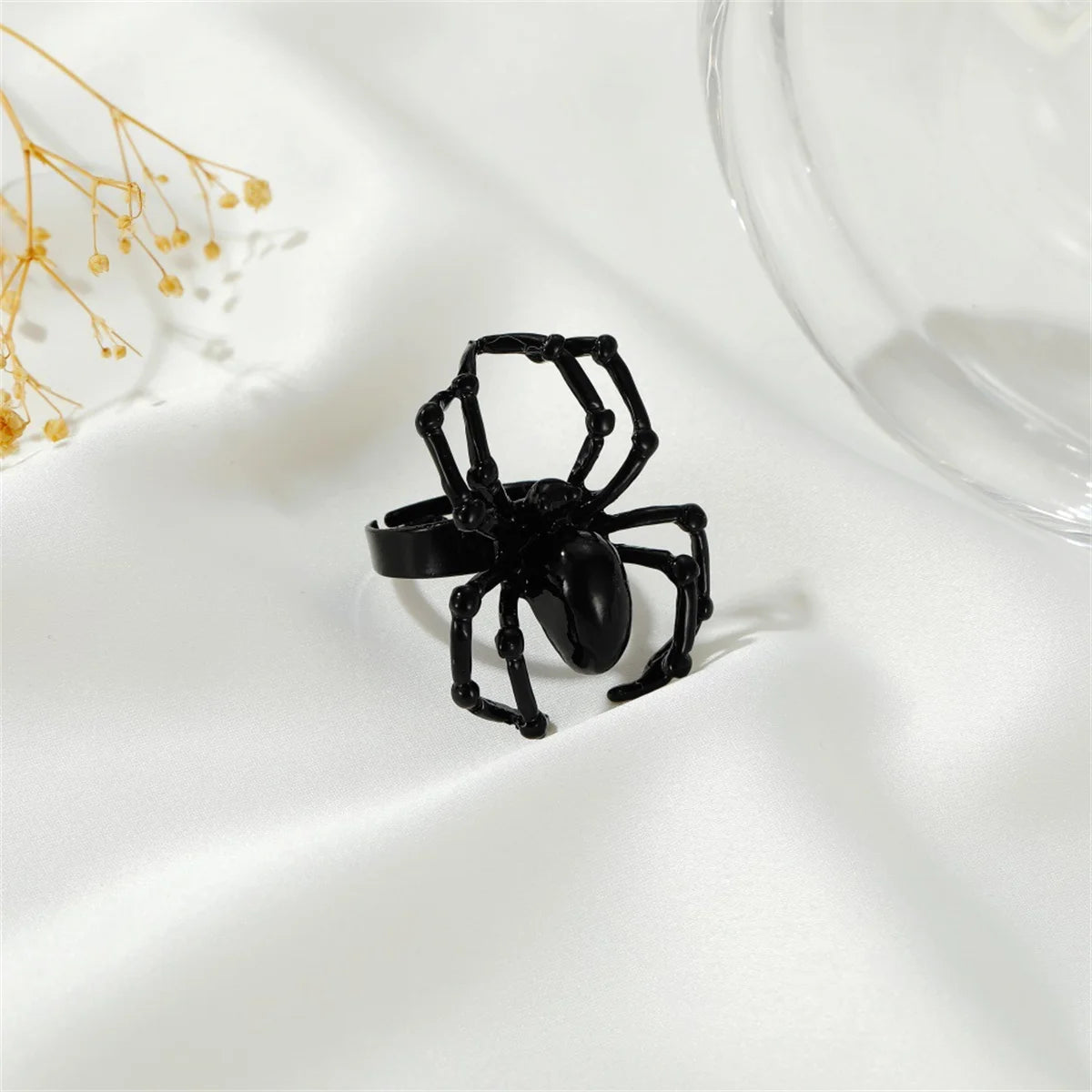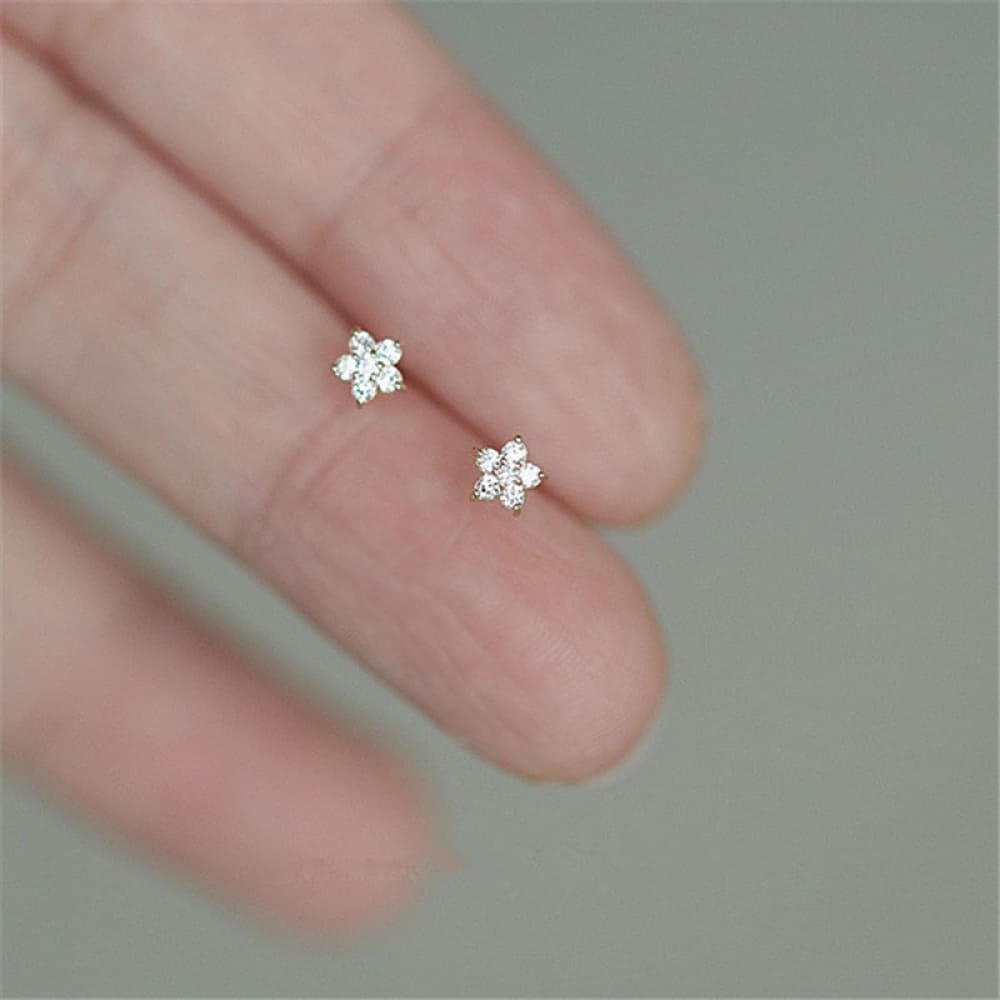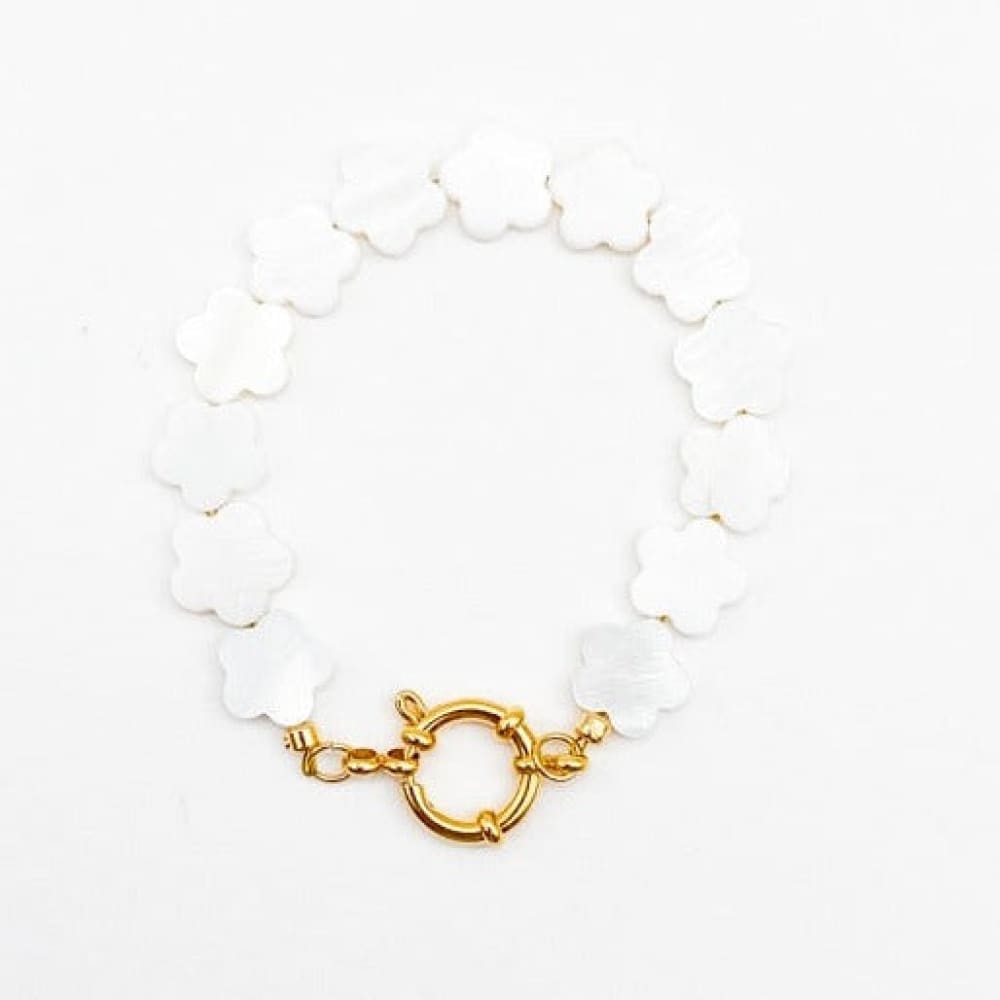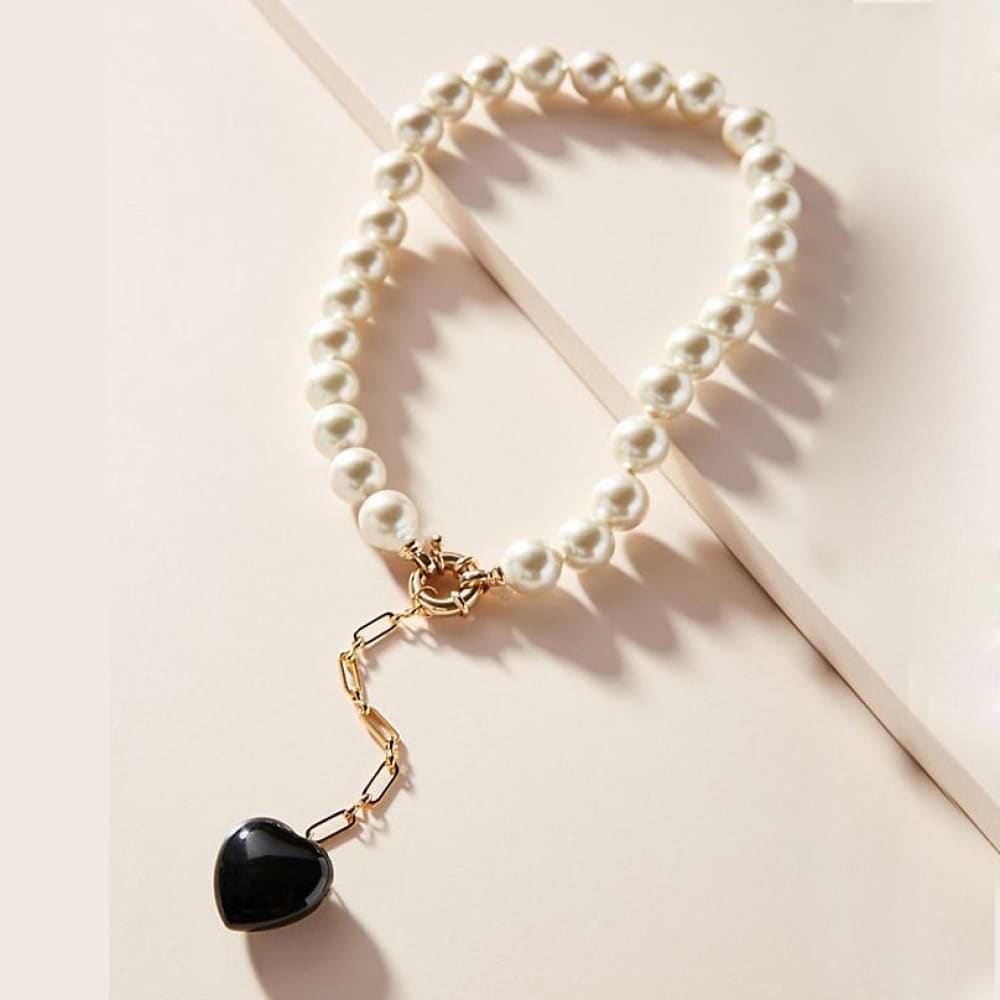Octopuses are fascinating creatures known for their intelligent behavior, unique anatomy, and ability to camouflage. But did you know that octopuses have multiple hearts?
In this article, we'll explore the anatomy and physiology of octopuses to answer the question: how many hearts does an octopus have?
What Is the Anatomy of an Octopus?
Octopuses are invertebrate animals, meaning they don't have a backbone like humans and other vertebrates. They belong to the phylum Mollusca, which also includes snails, clams, and squid.
Octopuses are characterized by their eight tentacles, each lined with suckers that help them grasp and manipulate objects. They also have a head and a mantle, which contains most of their internal organs.
How Does an Octopus' Circulatory System Work?
Octopuses have a unique circulatory system that is different from that of humans and other vertebrates. Instead of a single, centralized heart, octopuses have three hearts that work together to pump blood throughout their body.
The main heart, called the systemic heart, pumps blood to the gills, where it becomes oxygenated. From there, the blood is circulated to the rest of the body. The two smaller hearts, called branchial hearts, help pump blood to the gills.
Unlike the circulatory systems of humans and other vertebrates, octopuses do not have red blood cells or hemoglobin. Instead, their blood contains a copper-based protein called hemocyanin, which gives it a blue-green color. Hemocyanin is less efficient at carrying oxygen than hemoglobin, but it allows octopuses to function at cold temperatures and high pressures.
How Many Hearts Does an Octopus Have?
So, how many hearts does an octopus have? As we mentioned earlier, octopuses have three hearts in total. The main heart, or systemic heart, is responsible for pumping blood to the rest of the body. The two smaller hearts, or branchial hearts, help pump blood to the gills.

